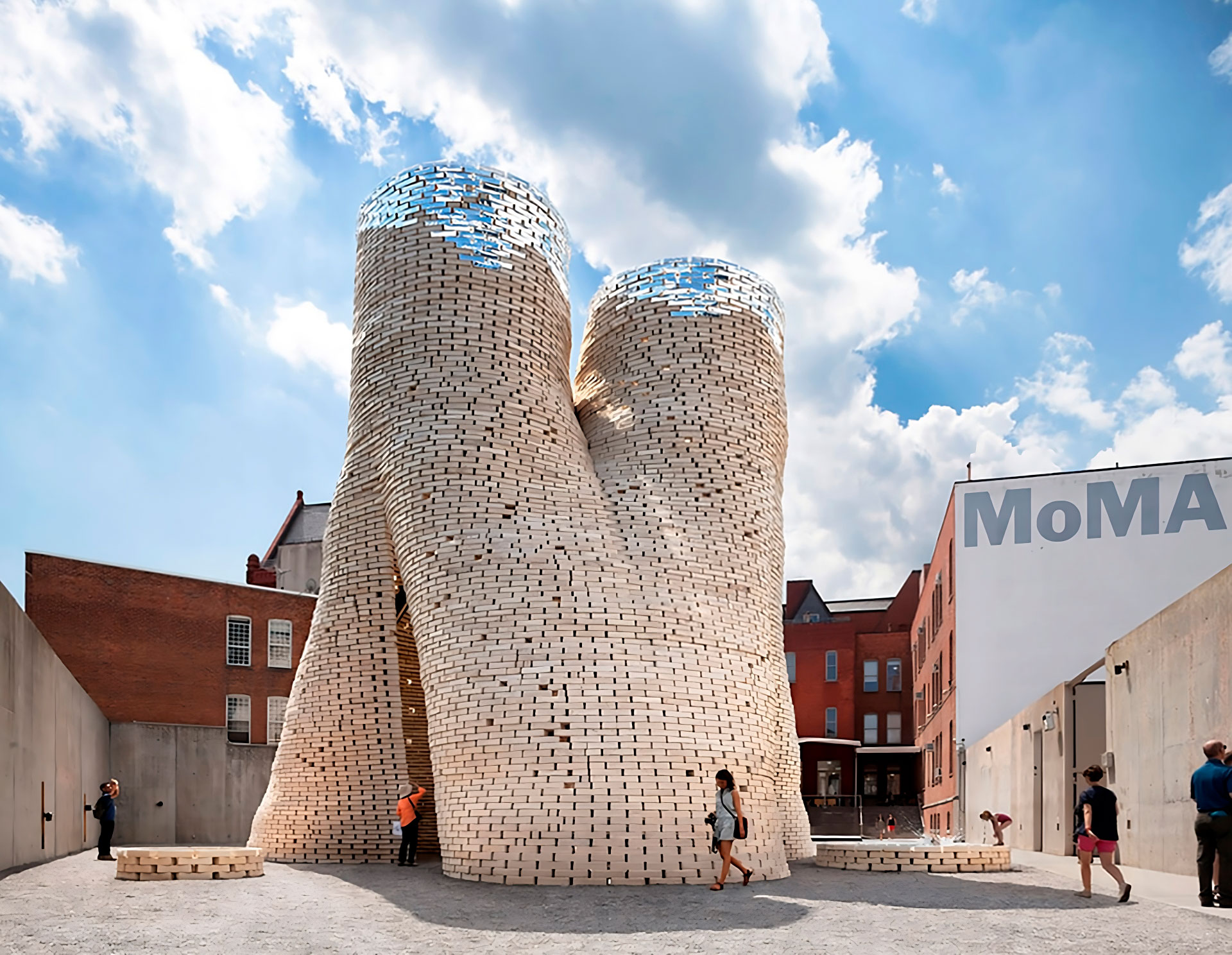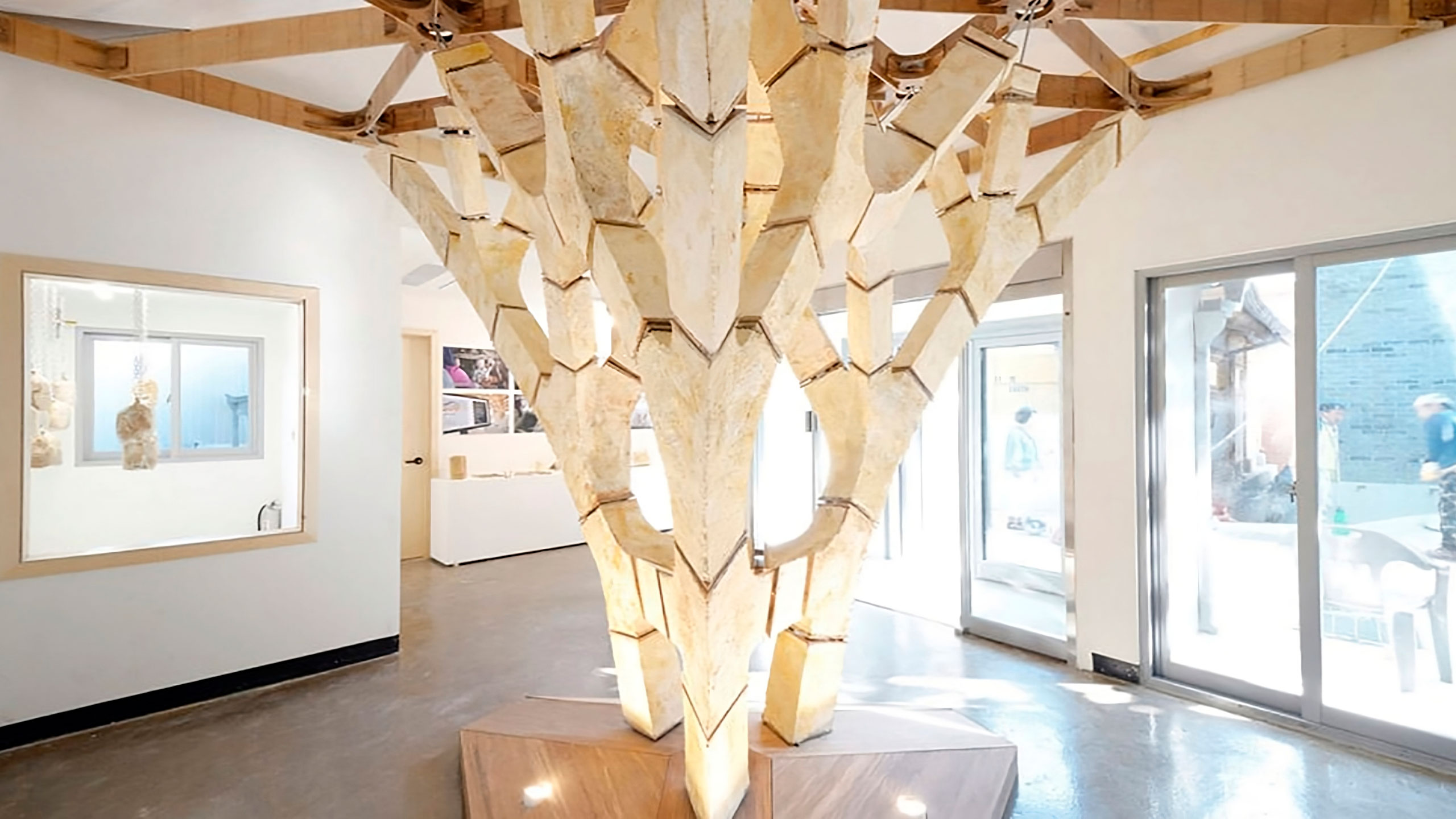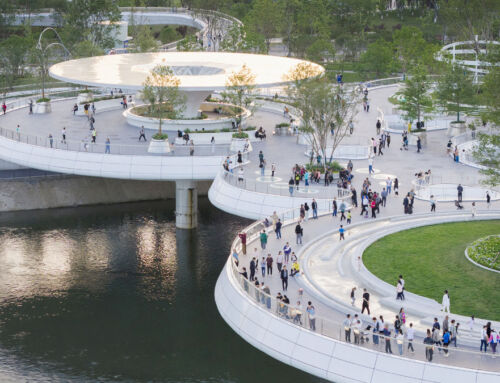Mycelium, the vegetative structure of fungi, has a series of characteristic properties that make it an alternative material, more sustainable and ecological than traditional ones, for use in construction and architecture. These properties include the fact that it is biodegradable and, at the same time, very resistant. It requires low energy consumption for its production and it also has the capacity to absorb CO2.
The fact that fungal materials are biodegradable means that they decompose into non-toxic elements after their useful life. Therefore, their use in construction and architecture reduces waste and pollution compared to conventional materials. However, this fungal material is strong and durable. In addition, it has insulating, fireproof and water-repellent properties. In addition to requiring fewer energy resources to produce it than conventional materials and therefore reducing its environmental impact, mushrooms absorb CO2 during their growth and therefore mitigate carbon emissions. Finally, their use reduces our dependence on petroleum-based materials.

The use of fungal materials is applied in architecture for thermal and acoustic insulation. In addition, decorative elements and furniture made from the fungal material have been presented as a sustainable alternative to synthetic materials. Finally, it offers quick, transportable and recyclable solutions for use in temporary and/or emergency structures.
By Juan Guardiola Cutillas, Senior Architect in the Architecture Department of Amusement Logic







